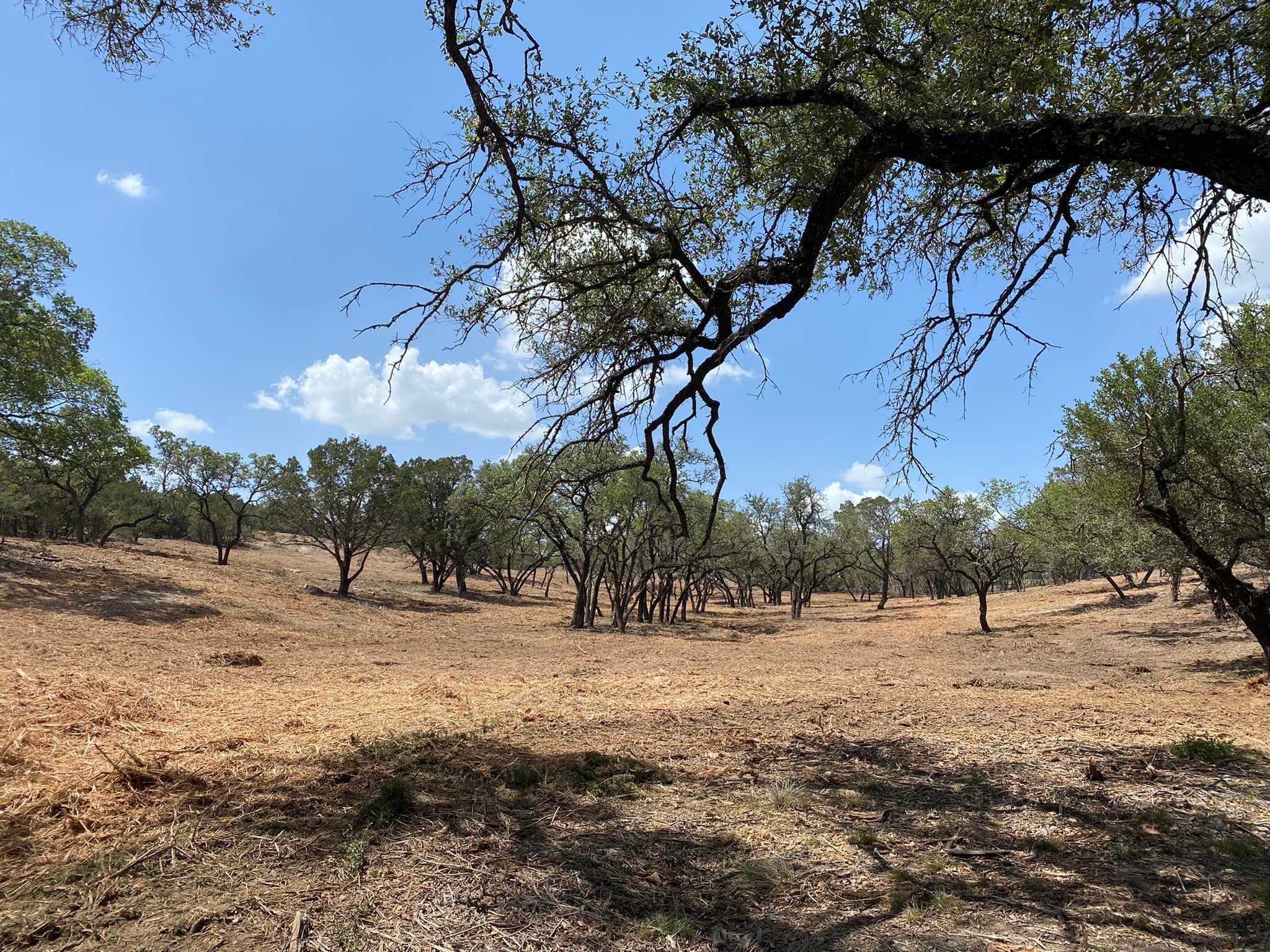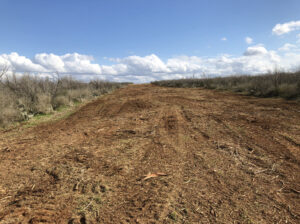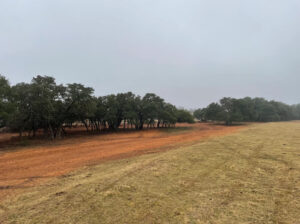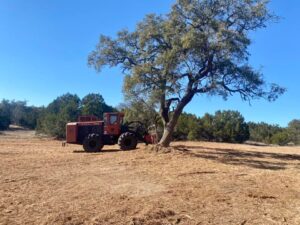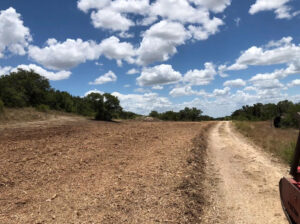If you own property anywhere in Greater San Antonio or around Texas and you need to transform overgrown acreage into usable land, one thing becomes crystal clear as soon as you look into the process. Success depends on matching professional land clearing machinery in the right hands to your soil, terrain, and vegetation.
At Lone Star Land Services, we own and operate specialized equipment, enabling us to handle large-scale projects and intricate, detailed jobs on any type of land.
Here is a field-tested breakdown of the top machines professionals use in Texas and how they deliver clean, compliant results.
Scout First: The Pro Workflow That Drives Equipment Choice
Before any machine moves, experts walk the property. They flag utilities, map slopes and soil types, and sequence work.
Typically, vegetation removal is the first step, followed by brush clearing, removing larger trees, root or stump work, rough grading, debris disposal, and final site shaping.
Controlled sediment and dust strategies are implemented early, especially if the job disturbs one acre or more, which can trigger Texas Commission on Environmental Quality (TCEQ) stormwater rules.
As land clearing work progresses, pros swap attachments (grapples, mulchers, rakes, shears) to keep up momentum while minimizing ground damage.
1. Compact Track Loaders (CTLs) and Skid Steers: The Leading Tools of Land Clearing
These machines excel in brush-dense, uneven terrain, particularly on soft Texas clay following storms. They maneuver where larger machines struggle and allow operators to quickly swap attachments. Professionals use them to clear undergrowth, remove logs, rake surfaces, and perform light grading.
With a forestry mulcher head, they handle underbrush and overtopping saplings. A grapple bucket enables crews to lift and stack materials, while a brush cutter attachment efficiently cuts tall growth.
Because tracks spread the weight, compact track loaders reduce the risk of rutting and erosion compared to wheeled machines.
2. Excavators (Standard and Mini): Precision Tree Work and Root Extraction
When a land clearing project involves larger trees, stumps, or root systems, excavators become indispensable. The operator can use a thumb or grapple to control tree fall, then shear or rip roots to prevent resprouting. In dense soils or rocky ground, an excavator’s arm picks through root systems and helps with drainage trenches.
Mini excavators are ideal for tight yards or subdivisions, while full-size units are better suited for handling heavy limbing and root systems on acreage. By combining excavation equipment with mulcher attachments, crews can perform tree removal and mulching seamlessly and efficiently.
3. Bulldozers With Specialized Blades and Root Rakes
Dozers deliver heavy-duty capability for pushing lines, clearing windrows, and clearing open areas. Equipped with the right blade and a root rake, a dozer lifts organic material off the topsoil instead of dragging dirt. After an initial push, teams often switch to a finishing blade for pad shaping and rough grading tasks.
On undeveloped terrain outside central San Antonio, dozers can clear large swaths fast, especially when backed by mulchers or excavators. Their strength lies in repositioning heavy debris and prepping access roads.
4. Forestry Mulchers: The Eco-Conscious Clearing Engine
Forestry mulching turns brush, small trees, vines, and organic debris into mulch in place, eliminating hauling, burning, or pile building. This approach creates a mulch blanket that suppresses weeds, conserves moisture, and helps control erosion.
Pros mount mulcher heads on CTLs, skid steers, or excavators. This method is especially useful in cedar-infested or thorny scrub zones that define many San Antonio area properties. It also helps reduce the environmental impact of land clearing by limiting soil disturbance and limiting open burns, which many local governments heavily regulate.
5. Stump Grinders and Root Control Tools
Crews use stump grinders, either stand-alone or as attachments, to grind stumps flush with or below grade without disturbing the surrounding soil. In most situations, root grinding or targeted excavation ensures those stumps don’t sprout back. Complete root system removal makes way for new construction or subsurface utility lines and pipes.
6. Loaders, Backhoes, and Haul Trucks: The Finishing Crew
Cleared material must go somewhere. Wheel loaders (also known as track loaders) and backhoes perform various loading tasks, including trenching, loading trucks, placing soil, and moving spoil. Backhoes handle digging and loading, especially on smaller parcels or near structures.
Haul trucks, especially articulated models, efficiently move debris across uneven terrain, reducing the number of trips and spillage.
How Lone Star Land Services Orchestrates It All
At Lone Star Land Services, we sequence machines for maximum productivity: mulchers open visibility, excavators fell and grub trees, dozers push windrows, loaders feed chip trucks, and CTLs dress the final surface. Our crews monitor environmental impact at every stage.
Trust Lone Star Land Services to bring the right mix of brush clearing, site preparation, excavation equipment, forestry mulching, and debris management tools to your project. Call us today at (210) 473-7750 or contact us online to get started on a free estimate for your land clearing project.
